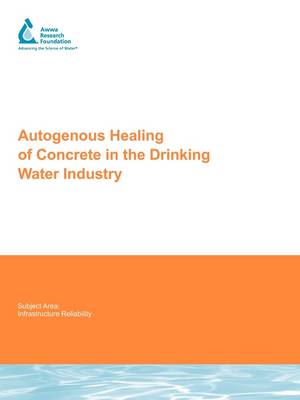Water Research Foundation Report
2 total works
Seasonal Chlorination Practices and Impacts to Chloraminating Utilities
by Peter J Vikesland
Published 1 February 2007
Utilities that have difficulty maintaining free chlorine residuals in their distribution systems, or that are unable to attain the minimum DBP concentrations set by regulation, often switch to chloramines as secondary disinfectants. Unfortunately, chloraminated distribution systems are biologically unstable in that they may promote nitrifying bacteria growth. The prevention and control of nitrification is a concern for chloraminating utilities as it is identified with disinfectant loss and facilitation of heterotrophic biological growth.
This study has shown that a periodic switch from a chloramine residual to a free chlorine residual may not be sufficient for long-term control of nitrification within a chloraminated distribution system. Given the higher levels of DBPs observed following a switch to free chlorine, utilities may be better served by careful maintenance of their ammonia feed such that nitrification episodes are minimized.
This study has shown that a periodic switch from a chloramine residual to a free chlorine residual may not be sufficient for long-term control of nitrification within a chloraminated distribution system. Given the higher levels of DBPs observed following a switch to free chlorine, utilities may be better served by careful maintenance of their ammonia feed such that nitrification episodes are minimized.
Autogenous Healing of Concrete in the Drinking Water Industry
by J Parks, Marc Edwards, Peter J Vikesland, Mary Fiss, and A. Dudi
Published 14 August 2008
Little research expenditure has gone towards the investigation of processes responsible for the corrosion of concrete drinking water infrastructure. One important mode of attack on concrete involves access of corrosive water to underlying reinforcing steel through cracks. Under some circumstances it is known that cracks in the concrete surface can repair themselves through reactions with constituents in the water. This phenomenon has been termed "autogenous healing."
The objective of this project was to examine the effects of bulk water chemistry on concrete corrosion and autogenous repair of concrete. This project identified that autogenous healing can be controlled by water chemistry, and it can be an effective method of sealing small cracks that initiate in concrete before they develop into larger cracks that can cause failure. When high levels of magnesium and silicon are present this seal can develop high strength. Carbonation of internal surfaces was not detected when cracks were sealed via autogenous healing. In some cases, water permeability and chloride diffusion are impeded by autogenous healing regardless of strength attained.
The objective of this project was to examine the effects of bulk water chemistry on concrete corrosion and autogenous repair of concrete. This project identified that autogenous healing can be controlled by water chemistry, and it can be an effective method of sealing small cracks that initiate in concrete before they develop into larger cracks that can cause failure. When high levels of magnesium and silicon are present this seal can develop high strength. Carbonation of internal surfaces was not detected when cracks were sealed via autogenous healing. In some cases, water permeability and chloride diffusion are impeded by autogenous healing regardless of strength attained.

